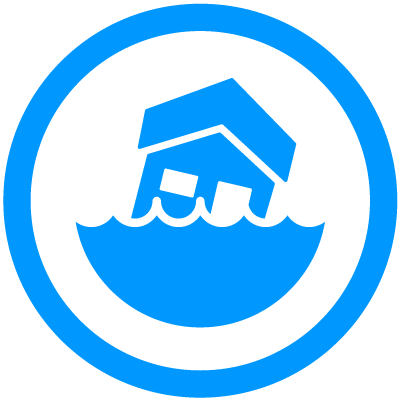
Tropical Cyclone Steering Change
Global warming affects large scale weather patterns and the weather systems embedded within such as tropical cyclones (also called hurricanes and typhoons). Research has documented several recent changes in tropical cyclone steering such as increased stalling and shifts toward higher latitudes.
Read More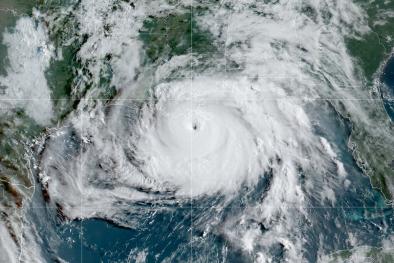
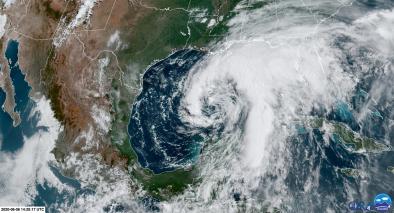
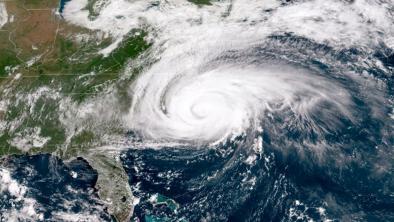
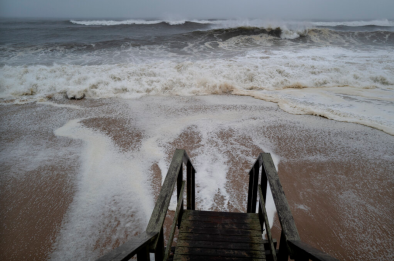

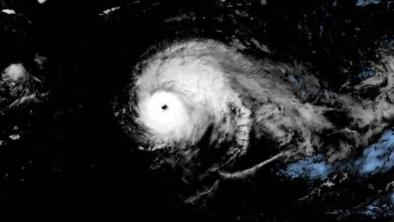
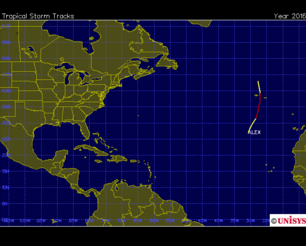
Climate science at a glance
- There have been changes in virtually every measure of tropical cyclone activity in the Atlantic since the 1970s, including tropical cyclone steering.[1]
- Models show that in a warmer climate, storms generate at higher latitudes (closer to the poles) and travel larger distances, which means storms reach their maximum intensity at higher latitudes.[2][3][4]
- The fingerprint of human-caused climate change has been found in the slowdown, or stalling, of tropical cyclones worldwide.[5]
- Slower-moving tropical cyclones carry bigger flood risks.[6]
- Some areas, including densely populated coastal cities, could experience changes in risk due to larger storms moving toward the poles.[3]
Background
What is tropical cyclone steering?
The movement of a hurricane from one location to another is known as hurricane propagation. When it comes to forecasting the movement of tropical cyclones, the average winds in various atmospheric layers are the dominant "steering forces" - also called steering winds or currents. Tropical cyclones are steered like sailboats. The taller the sail, the more higher level winds can steer it, the stronger the storm, and the more it’s influenced by upper level winds. If a storm stays fairly weak, it would slide under the upper level flow and be steered by lower level winds.
What is tropical cyclone translation speed?
Translation speed is the forward speed of tropical cyclones. Steering winds influence tropical cyclone translation speeds. A cyclone's forward speed is important because the slower a tropical cyclone moves, the longer its influence time, and the greater the impact it can have due to heavy rain and strong winds. When a tropical cyclone slows or stop, it is said to "stall". The unprecedented rainfall totals associated with the stall of Hurricane Harvey over Texas in 2017 provide a notable example of the relationship between regional rainfall amounts and tropical-cyclone translation speed.
Global tropical cyclone steering trends and climate change
- (Zhang et al. 2020; Coumou et al. 2018; and Coumou et al. 2015): Observational data indicates a general slowdown of atmospheric summer circulation in the mid-latitudes.[7][8] Models also support this pattern.[9]
- (Kossin 2018): The forward speed of tropical cyclones - known as translation speed - has slowed globally.[5]
- (Gutmann et al. 2018): The global slowdown of tropical cyclones has intensified tropical cyclone rainfall and may be linked to human-caused warming.[10]
- (Studholme and Gulev, 2018): Data show a poleward migration of tropical cyclone lifetime maximum intensity in the NH of 0.1° lat decade−1 and in the SH of 0.45° lat per decade in hemispheric averages.
- (Tamarin-Brodsky and Kaspi, 2017): Models show that in a warmer climate, storms are not only generated more poleward, but they actually also travel larger distances, which means storms reach their maximum intensity at higher latitudes. These changes are due to stronger upper-level winds and increased atmospheric water vapor.[2]
- (Kossin 2014): The latitude at which tropical cyclones reach their greatest intensity is gradually shifting from the tropics toward the poles at rates of about 33 to 39 miles per decade.[3]
- (Kossin et al. 2010): There has been a substantial increase in virtually every measure of tropical cyclone activity in the Atlantic since the 1970s, including tropical cyclones steering.[1] These increases are linked, in part, to higher sea surface temperatures in the region that Atlantic tropical cyclones form in and move through.
Global studies attribute changes in tropical cyclone steering to climate change
- (Kossin 2018): Tropical cyclones worldwide have increasingly stalled, their forward speed decreasing, over the past 70 years, due to a slowing in steering patterns attributed to global warming.[5]
- (Baldini et al. 2016): The mean track of Cape Verde tropical cyclones has shifted gradually north-eastward from the western Caribbean toward the North American east coast over the last 450 years. Since about 1870, these shifts were largely driven by anthropogenic greenhouse gas and sulfate aerosol emissions.[4]






